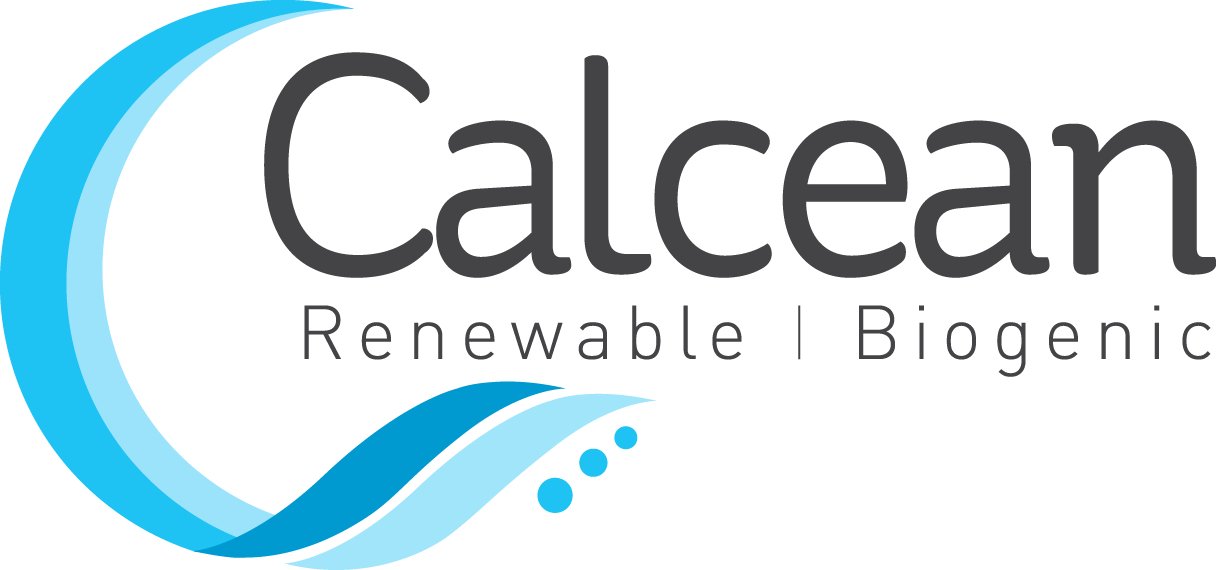Calcean plays clear role in ecofriendly glassmaking
Calcean's renewable and sustainable calcium carbonate -- oolitic aragonite -- is an ecofriendly alternative to typical ground calcium carbonate.
Glassmaking is an ancient craft that has evolved over centuries, and it is essential to various industries today. From architecture to electronics, glass is a versatile material that offers transparency, durability, and aesthetic appeal.
However, as we become more aware of the environmental impact of our actions, it is necessary to consider ecofriendly alternatives in glass production.
In this post, we will explore the importance of incorporating ecofriendly ingredients in glassmaking and highlight Calcean's renewable and sustainable calcium carbonate sand as the recommended choice for high-clarity glass.
One of the key ingredients in glass manufacturing is calcium carbonate. Typical ground calcium carbonate (GCC) is fossil-sourced and mined from quarries. Once the quarry is depleted of its source of calcium carbonate, it’s gone. Traditional mining practices can have significant environmental consequences, including habitat destruction, water pollution, and carbon emissions.
To address these concerns, it is crucial to seek out ecofriendly alternatives that minimize harm to the environment.
Oolitic aragonite (above) is collected from an abundant source of calcium carbonate off the banks of The Bahamas.
One such alternative is Calcean's renewable and sustainable calcium carbonate sand – oolitic aragonite.
Aragonite is truly innovative in that it reduces the need for destructive GCC mining practices. Oolitic aragonite is collected from an abundant source of calcium carbonate off the banks of The Bahamas. It is biogenic in nature in that it continuously forms naturally (by way of a mineralization process driven by photosynthetic organisms — more on that here and here) in the Bahamian waters.
This continuous formation makes oolitic aragonite a renewable and sustainable resource, with its generation exceeding its consumption.
This ecofriendly calcium carbonate offers several advantages in glassmaking.
First and foremost, Calcean's calcium carbonate sand provides excellent clarity in glass. Its high purity and low iron content deliver high optical performance, ensuring that the final product maintains its transparency and brilliance. This makes it an ideal choice for applications where clarity is paramount, such as display screens, optical lenses, clear bottles, or windows.
Calcean holds a Third-Party Verified Carbon Footprint Analysis (CFA), demonstrating that oolitic aragonite has a negative carbon footprint.
Moreover, Calcean's oolitic aragonite sand is climate positive, meaning that it has a negative carbon footprint. Traditionally mined calcium carbonate has a large carbon footprint.
By using oolitic aragonite as your calcium carbonate source, you’re ensuring the use of renewable and sustainable raw materials and reducing your overall carbon footprint at the source.
The use of Calcean's calcium carbonate sand promotes sustainability in glassmaking. By incorporating renewable materials, we can reduce our reliance on finite resources like GCC.
This not only helps preserve natural ecosystems, but also ensures a more sustainable future for the glass industry.
In conclusion, it is crucial to prioritize ecofriendly ingredients in glassmaking to minimize environmental impact.
Calcean's renewable and sustainable calcium carbonate sand offers an excellent solution for high-clarity glass production. Its superior optical performance, negative carbon footprint, and promotion of sustainability make it a compelling choice for manufacturers looking to adopt greener practices.
By embracing ecofriendly alternatives like Calcean's calcium carbonate sand, we can contribute to a more sustainable and environmentally conscious glass industry.
The next time you think of glassmaking, remember the importance of ecofriendly ingredients and consider Calcean's oolitic aragonite for your high-clarity glass needs. Together, let's build a greener and more sustainable future for our planet.




